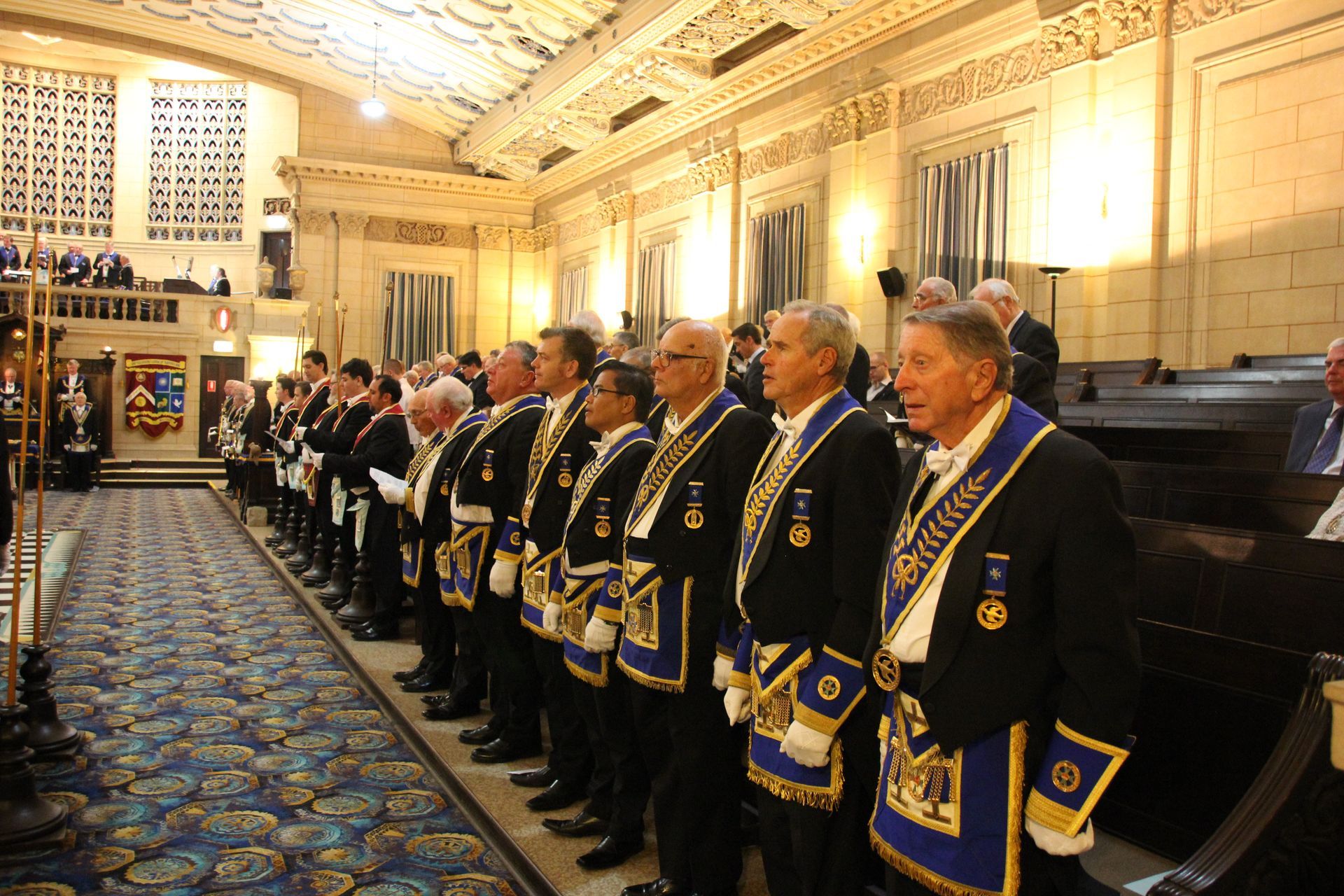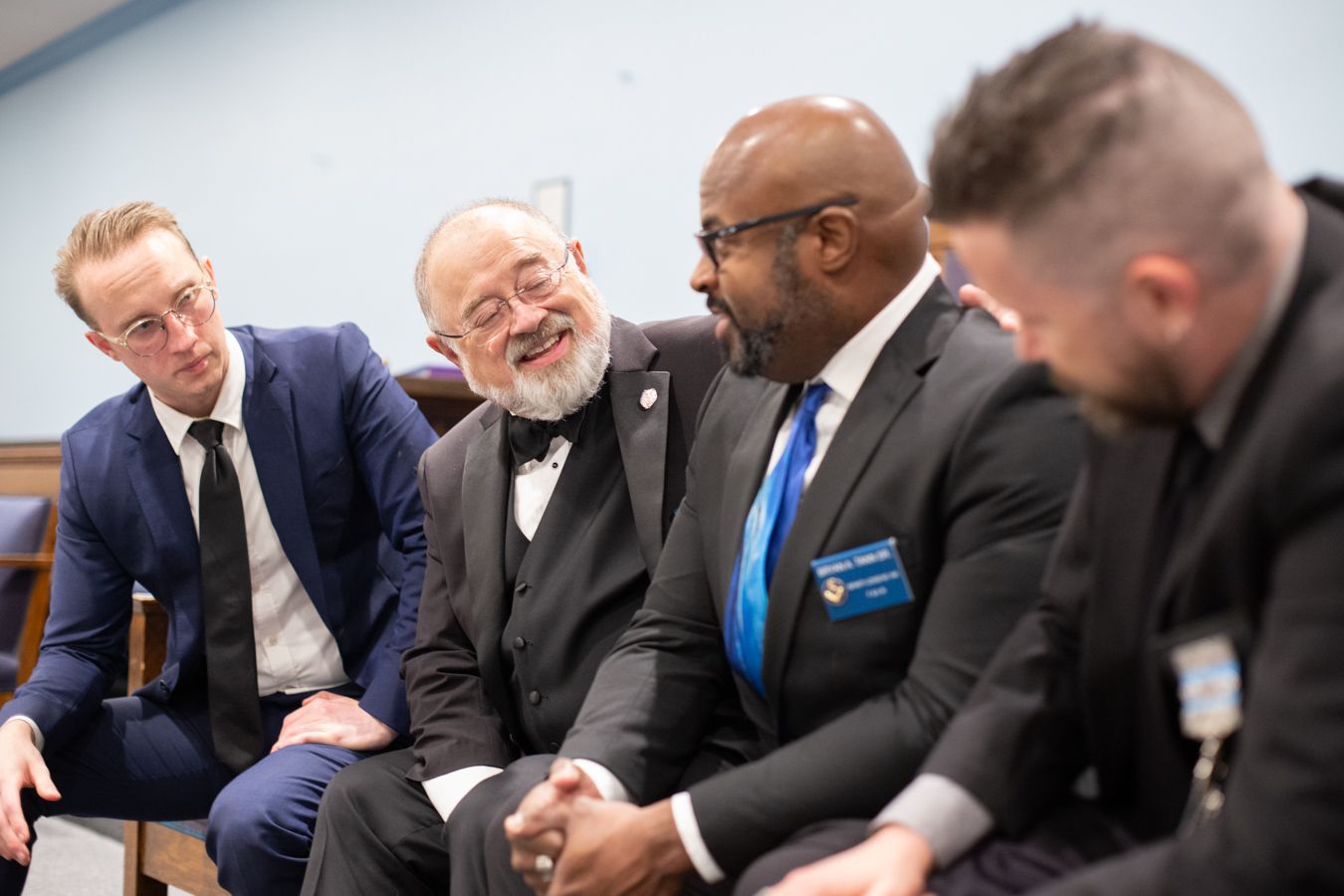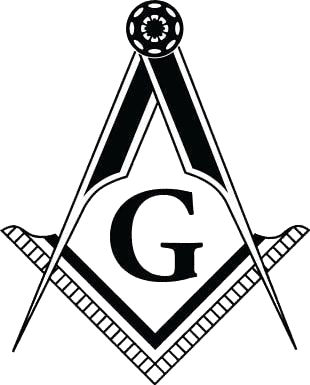The Legacy of Freemasonary in Australia
A JOURNEY OF ENLIGHTENMENT – UNDERSTANDING FREEMASONRY
Introduction
Freemasonry in Australia is more than a historical curiosity—it is a cornerstone of civic life, philanthropic culture, and ethical leadership that has evolved alongside the nation itself. From the establishment of colonial lodges to modern regional centers like Moreton Lodge No. 226 under the United Grand Lodge of Queensland (UGLQ), Freemasonry has quietly influenced Australian society in profound ways. This article explores its extensive history, from the 18th century to the present, with a humanistic and richly referenced deep dive into the people, ideas, and institutions that shaped the Craft's development Down Under.
Foundations: The Arrival of the Craft in Australia
Freemasonry first took root in Australia during the early 19th century, at a time when the continent was still a penal colony under British rule. The first known Masonic meeting occurred in Sydney in 1803, initiated by Irish soldiers under the British Army. A formal charter was issued in 1820 by the Grand Lodge of Ireland, creating the Australian Social Lodge No. 260.
This early presence reflected more than cultural export—it was a mechanism for moral guidance, fraternity, and identity among isolated settlers and military officers. As the colony evolved into a free society, Freemasonry expanded across state lines, giving birth to jurisdictional lodges under English, Irish, and Scottish constitutions.
More details: NSW & ACT Masonic History
19th-Century Expansion and the Birth of Australian Grand Lodges
The gold rushes of the 1850s and the population booms that followed created fertile ground for Masonic expansion. Lodges emerged in Melbourne, Adelaide, Brisbane, Perth, and rural towns, offering fellowship and stability amid rapid social change.
Key milestones include:
- United Grand Lodge of New South Wales (1888)
- United Grand Lodge of Victoria (1889)
- Grand Lodge of Queensland (UGLQ) (1904)
The formation of these independent Grand Lodges marked a transition from colonial oversight to Australian Masonic autonomy. These Grand Lodges maintained relations with English, Scottish, and Irish bodies while developing distinct regional identities and priorities.
Explore UGLQ's founding: UGLQ Historical Overview
Freemasonry’s Influence on Civic Life and Leadership
Throughout the 19th and early 20th centuries, Freemasons were instrumental in the development of Australia’s democratic institutions. Lodges often served as informal civic forums, where ideas about governance, education, and infrastructure were shared.
Notable Masonic figures include:
- Sir Edmund Barton, Australia's first Prime Minister and member of Lodge Ionic No. 15.
- Sir Henry Parkes, known as the "Father of Federation," associated with Lodge Australian Social No. 260.
These men exemplified how Masonic teachings—ethical conduct, justice, and service—translated into public life. More can be found in the Australian Dictionary of Biography.
Lodges also played a pivotal role in founding schools, libraries, orphanages, and hospitals. In Queensland, for instance, the Masonic community was integral to the establishment of mutual aid societies, contributing to the health and welfare of countless citizens.
Architectural Heritage and Cultural Imprint
Masonic buildings are among Australia's most enduring examples of fraternal architecture. These structures, often blending neoclassical and symbolic design elements, served as cultural and civic landmarks.
Noteworthy sites include:
- Sydney Masonic Centre – A contemporary architectural marvel and active hub for Freemasonry in New South Wales.
- Melbourne Masonic Centre – Home to historical archives and ceremonial spaces.
- Freemasons Memorial Centre (Brisbane) – Headquarters of the UGLQ, housing a library, museum, and ceremonial rooms.
These buildings are not only functional but serve as community venues for educational and philanthropic events. Several are heritage-listed and remain open to the public for tours and events.
View a national directory of Masonic buildings: Masonic Architecture in Australia
The Philanthropic Engine of Australian Freemasonry
One of Freemasonry’s most visible and impactful roles in Australian society has been in the realm of charity. Each Grand Lodge manages dedicated foundations that channel funds into education, health, and welfare projects.
Key philanthropic arms include:
- Freemasons Foundation Victoria: https://freemasonsfoundation.org
- The Benevolence Society of UGLQ: Focused on aged care and regional support.
Examples of recent contributions:
- $1.4 million donated to regional hospital equipment in Queensland (2022)
- Scholarships supporting students in engineering, nursing, and rural medicine
- Mental health initiatives in partnership with Beyond Blue
- Philanthropy is not an ancillary activity—it is central to the Craft’s mission and ethos.
Moreton Lodge No. 226: A Local Beacon of History and Service
Moreton Lodge No. 226, under the jurisdiction of the UGLQ, stands as a contemporary embodiment of Freemasonry’s legacy in Queensland. With roots in the Moreton Bay region, the lodge actively contributes to community-building, mentorship, and charity.
Historical highlights:
Active since the early 20th century, Moreton Lodge has seen generations of Masons pass through its doors. Members participate in local ANZAC commemorations, civic clean-ups, and blood donation drives. The lodge maintains strong ties with local schools and aged care homes, hosting joint events and fundraising dinners.
Current efforts focus on:
- Hosting open nights to educate the public
- Organising member education workshops
- Partnering with other lodges for regional development projects
Adapting to Modern Australia
Despite a global trend of declining fraternal membership, Freemasonry in Australia is undergoing a quiet revival. Lodges are embracing transparency, digital outreach, and inclusivity to engage younger men.
Modernisation strategies include:
- Social media and website outreach campaigns
- Online lodge meetings and hybrid events
- Mental health and wellbeing initiatives for members
Moreton Lodge and other UGLQ affiliates have adopted these innovations while preserving the spiritual and philosophical heart of the Craft. This balance between tradition and progress has ensured that Freemasonry remains relevant to 21st-century Australians.
Conclusion
The history of Freemasonry in Australia is not simply a chronicle of rituals and regalia—it is a living legacy of community, ethical leadership, and compassionate service. From early colonial settlements to modern cities, the Craft has been woven into the national fabric.
In Queensland, and particularly within Moreton Lodge No. 226, this legacy endures.
It continues to evolve in response to contemporary needs while maintaining its foundational purpose: to build better men, stronger communities, and a more just society.


